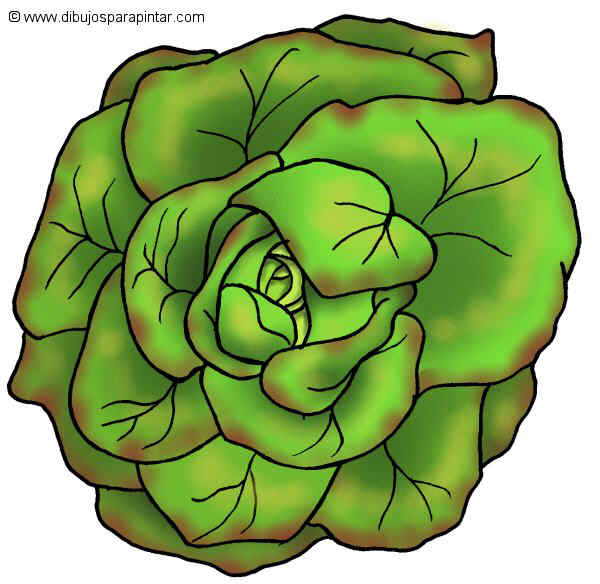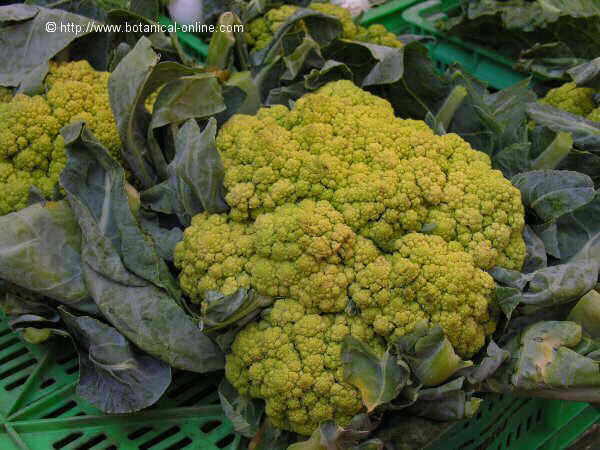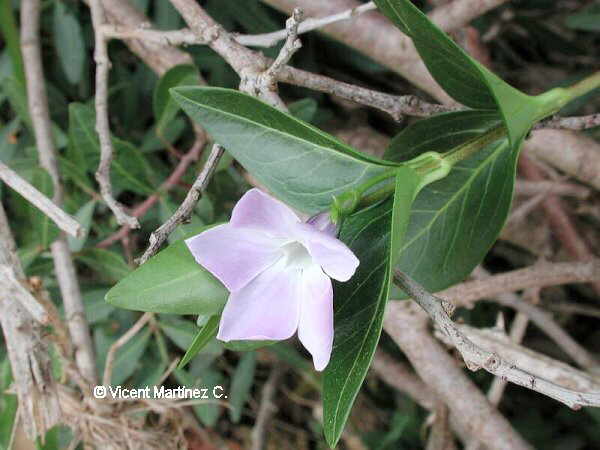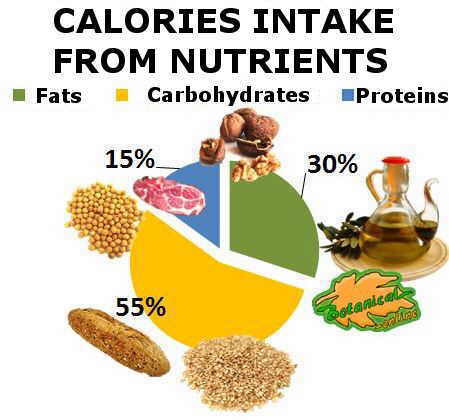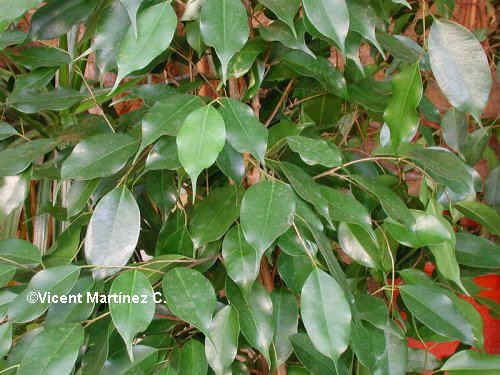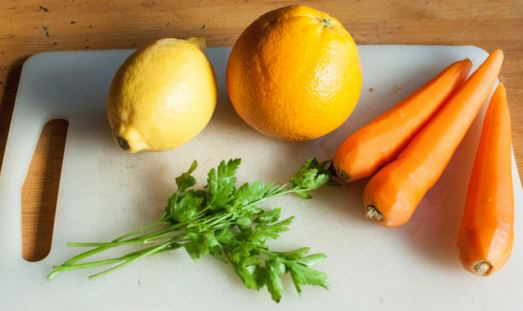Contents
Characteristics of eggplants
Eggplants (melongena Solanum) are plants from India where they were cultivated for over 4000 years. They reach Europe through Spain where they had been taken by the Arabs. They have an edible fruit.
It was initially considered a fruit of very bad reputation, because they thought that their consumption produced insanity, to the point that Linnaeus (famous botanical) named it Solanum insanum but later upheld by the current scientific name.
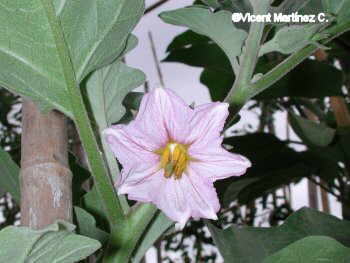
Curative properties of the eggplants
Eggplants are one of the most appropriate food to improve circulation. Its use is very useful for lowering cholesterol and help to prevent arteriosclerosis.
It is very useful when we eat this fruit eaten a large meal in fat, such as meat or cheese, because it provides a degreasing agent and does not allow saturated fatty acids are deposited in the arteries to expel them through the intestines. It also stimulates bile which is very appropriate when our liver needs extra help to dissolve fats, such as in cases of liver failure.
If we make a paste crushing the fruit, the skin can be applied to exert a soothing and very useful for burns, especially the sunburns. Similarly, applied to painful areas of the body affected by rheumatic diseases, it has a calming soothing effect pain.
It is very appropriate to treat obesity or it is used in the eggplant diets to become thin because of their high water content exceeding 90% and especially for its low calorie content.
It provides minerals such as phosphorus and iron, along with calcium, sodium and potassium. Its vitamin content is poor compared to other fruits, legumes and vegetables. It has vitamin C, vitamin A, vitamin B1 and vitamin B2.
Apparently its consumption inhibits the growth of the cancerous cells in the stomach, so that in some areas the juice is taken to prevent this disease. Application of the same animals that had pre cancerous stomach lesions, has been positive, although it has not shown the same with humans.
Beware of plant raw eggplant and eggplant!
The use of fresh juice is dangerous, because it is a plant belonging to the family Solanaceae. Like other related plants such as potato (Solanum tuberosum), the mysterious mandrake (Mandragora officinarum) or tobacco (Nicotiana tabacum) contains alkaloids that are toxic to health.
In the case of this fruit is the main solanine, which has enough, although they exceed the potato. (See the features of this poison)
For this reason, as happens with the potatoes, it is necessary to eat the fruit cooked and never eat the leaves that are extremely dangerous. People with heart disease should refrain from its consumption by the stimulating effects exerted on the heart by solanine.
Surely, by not taking into account these considerations, their use was initially negative. This gave the plant its bad reputation to the point that initially it was called “mad apple” or “apple of Wrath”. By the way, the English fruit of this plant is known as “egg-plant” (Eggplant).

How to eat eggplants?
The best way to consume them is to cook them in the oven in combination with onion, garlic, which enhance the flavor and makes the role of bread. It is not pleasant to eat it boiled.
It is very tasty when eaten fried, but for its peculiar texture, it absorbs too much oil and it is not recommended for obese people.
Nutritional composition of eggplants
| Composition of eggplants by 100 g | ||
| Raw | Boiled without salt | |
| Water | 92 g | 91, 77 g |
| Energy | 26 Kcal | 28 Kcal |
| Fat | 0.18 g | 0.23 g |
| Protein | 1,02 g | 0.83 g |
| Carbohydrates | 6.07 g | 6.64 g |
| Fiber | 2.5 g | 2.5 g |
| Potassium | 217 mgs | 248 mgs |
| Phosphorus | 22 mgs | 22 mgs |
| Magnesium | 14 mgs | 13 mgs |
| Calcium | 7 mgs | 6 mgs |
| Vitamin C | 1,7 mgs | 1.3 mgs |
| B2 vitamin | 0.034 mgs | 0.020 mgs |
| B6 vitamin | 0.084 mgs | 0.086 mgs |
| Vitamin A | 84 IU | 64 IU |
| Vitamin E | 0.03 mgs | 0.30 mgs |
| Niacin | 0,59 mg | 0.6 mgs |
![]() More information on the eggplants.
More information on the eggplants.

